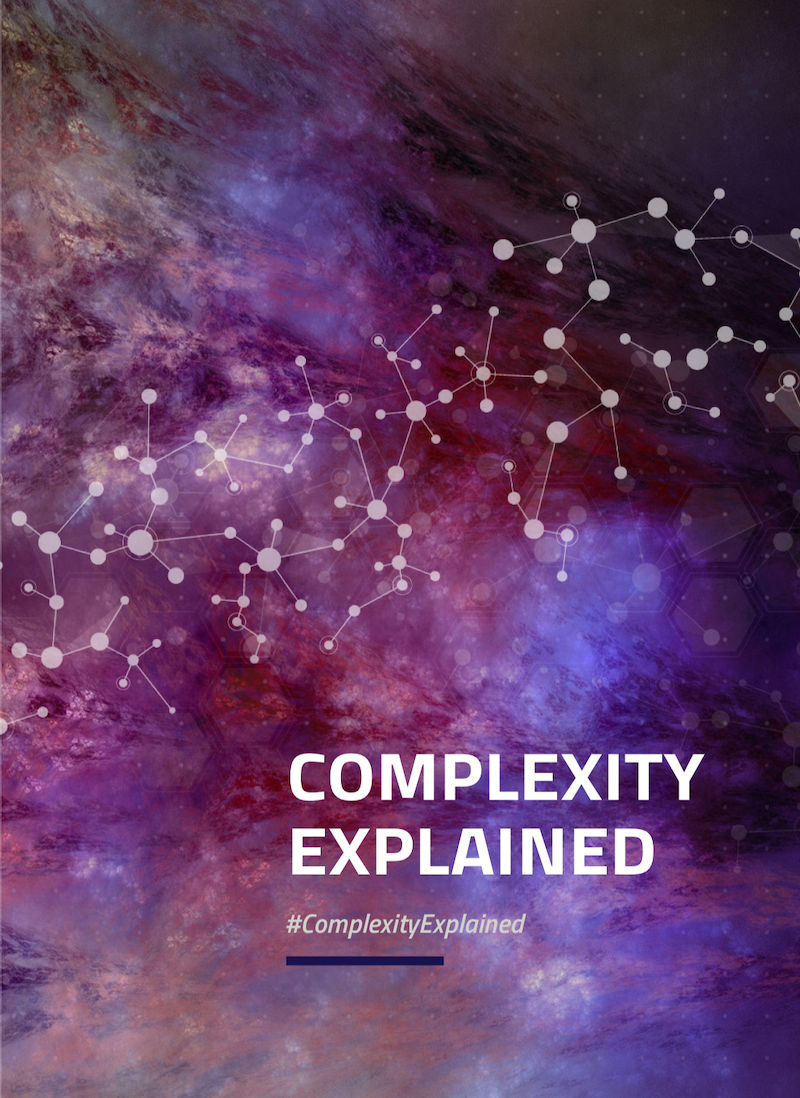Credits
Coordinators:
Manlio De Domenico and Hiroki Sayama
Contributors:
Manlio De Domenico, Dirk Brockmann, Chico Camargo, Carlos Gershenson, Daniel Goldsmith, Sabine Jeschonnek, Lorren Kay, Stefano Nichele, José R. Nicolás, Thomas Schmickl, Massimo Stella, Josh Brandoff, Ángel José Martínez Salinas, Hiroki Sayama
Thanks to the following who provided inputs and feedback:
Hayford Adjavor, Alex Arenas, Yaneer Bar-Yam, Rogelio Basurto Flores, Michele Battle-Fisher, Anton Bernatskiy, Jacob D. Biamonte, Victor Bonilla, Dirk Brockmann, Victor Buendia, Seth Bullock, Simon Carrignon, Xubin Chai, Jon Darkow, Luca Dellanna, David Rushing Dewhurst, Peter Dodds, Alan Dorin, Peter Eerens, Christos Ellinad, Diego Espinosa, Ernesto Estrada, Nelson Fernández, Len Fisher, Erin Gallagher, Riccardo Gallotti, Pier Luigi Gentilli, Lasse Gerrits, Nigel Goldenfeld, Sergio Gómez, Héctor Gómez-Escobar, Alfredo González-Espinoza, Marcus Guest, J. W. Helkenberg, Stephan Herminghaus, Enrique Hernández-Zavaleta, Marco A. Javarone, Hang-Hyun Jo, Pedro Jordano, Abbas Karimi, J. Kasmire, Erin Kenzie, Tamer Khraisha, Heetae Kim, Bob Klapetzky, Brennan Klein, Karen Kommerce, Roman Koziol, Erika Legara, Carl Lipo, Oliver Lopez-Corona, Yeu Wen Mak, Vivien Marmelat, Steve McCormack, Dan Mønster, Alfredo Morales, Yamir Moreno, Ronald Nicholson, Enzo Nicosia, Sibout Nooteboom, Dragan Okanovic, Charles R Paez, Julia Poncela C., Francisco Rodrigues, Jorge P. Rodríguez, Iza Romanowska, Pier Luigi Sacco, Joaquín Sanz, Samuel Scarpino, Alice Schwarze, Nasser Sharareh, Keith Malcolm Smith, Ricard Sole, Keith Sonnanburg, Cédric Sueur, Ali Sumner, Michael Szell, Ali Tareq, Adam Timlett, Ignacio Toledo, Leo Torres, Paul van der Cingel, Ben van Lier, Jeffrey Ventrella, Alessandro Vespignani, Joe Wasserman, Kristen Weiss, Daehan Won, Phil Wood, Nicky Zachariou, Mengsen Zhang, Arshi, Brewingsense, Complexity Space Consulting, Raoul, Systems Innovation, The NoDE Lab
Special thanks to Dirk Brockmann for his Complexity Explorables and to Serafina Agnello for designing and realizing the booklet.
